Albert Einstein
Early Years
1879 - 1905
![]()
· Albert Einstein was born March 14, 1879 at Ulm in Württemberg, Germany.
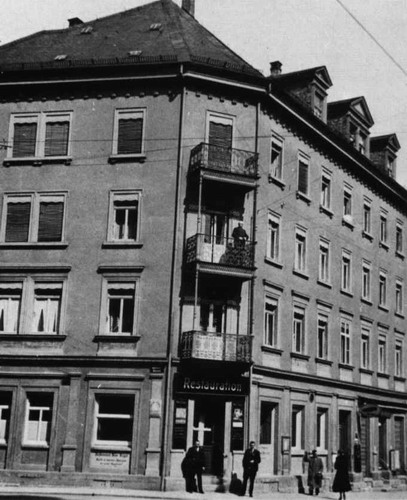
The house where Einstein was born in Ulm
![]()
· His parents were Hermann Einstein, a featherbed salesman, and his wife, Pauline Koch. It is interesting to note that neither of his parents had any knowledge in the areas of math or science.
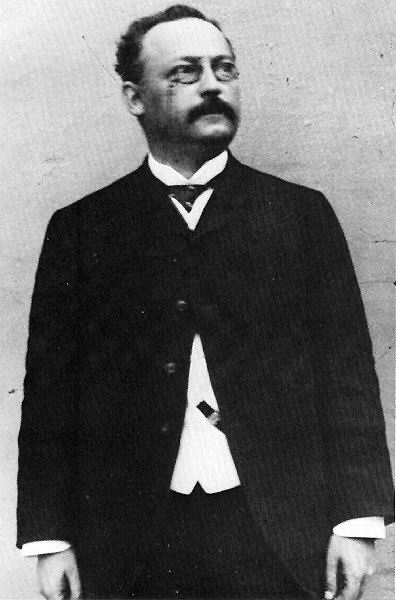
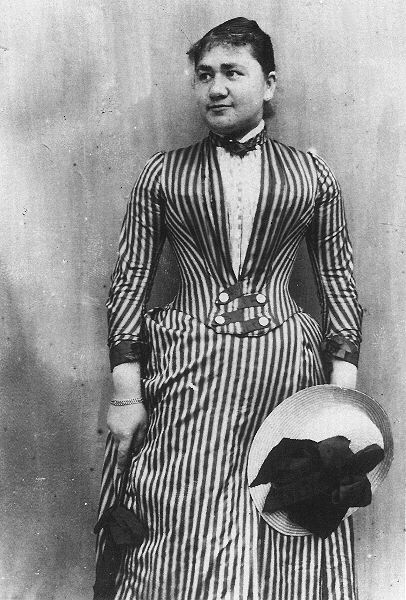
LEFT: Hermann Einstein; RIGHT: Pauline (Koch) Einstein
![]()
· During his youth, some considered him a slow learner due to factors such as dyslexia and his being extremely shy. In addition, because he didn't begin talking until the age of 3 years old and his poor performance in school, his parents suspected he might be retarded. There is also a recurring rumor that he failed math at some point during his education, but this is not true; the rumor came about because of a change in the way grades were assigned which led to confusion years later. He was also given religious education (Judaism) and violin lessons during his youth.
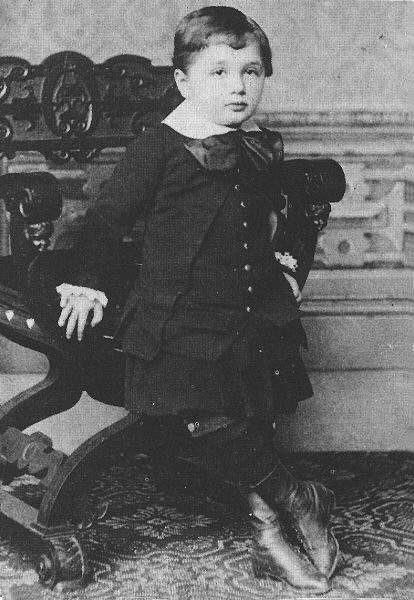
Oldest known picture of Albert Einstein c. 1883 (Age 4)
![]()
· Albert's sister, Maja (or Maria), was born in 1881. She was his closest childhood friend and Einstein remained devoted to her until her death. She received her Ph.D. in romance languages from the University of Bern. Maja lived with Albert from 1939 until her death in 1951; he would read to her nightly after she was bedridden from a stroke.
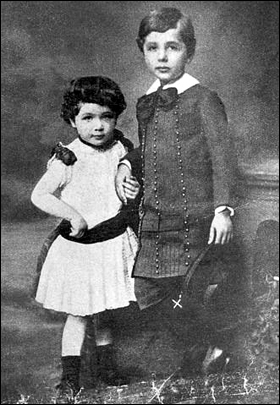
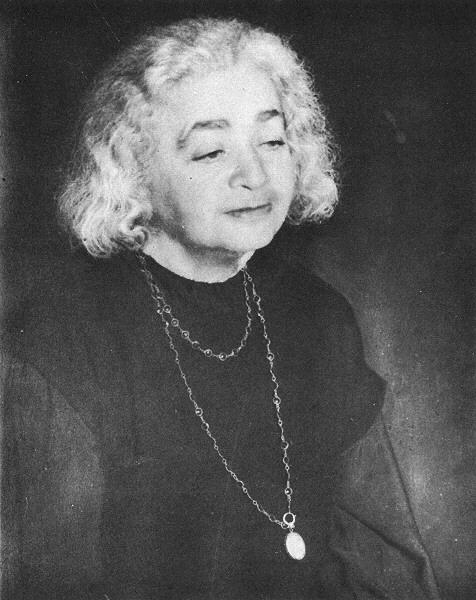
LEFT: Maja and Albert; RIGHT: Maja Einstein-Winteler in 1940 (Age 59)
![]()
· Around 1884, Einstein received a compass and thus was the beginning of his self-education and he began absorbing as much science as possible. He built models and mechanical devices for fun. He began to learn mathematics (calculus, in particular) around 1891.

Einstein with his sister Maja

· In 1894, the Einsteins moved from Munich, Germany to Pavia, Italy but Albert (age 15) remained in Munich to finish his schooling. After finishing the term alone, he moved to Pavia to be with his family. A year later, Einstein was sent by his family to Aarau, Switzerland to finish secondary school. He received his high school diploma in 1896.
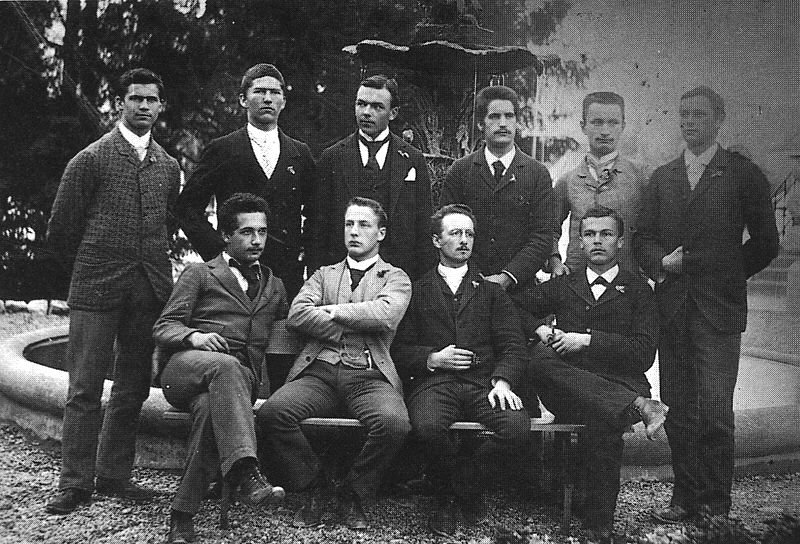
School picture, Cantonal school at Aarau, 1896 (Age 17)

· After finishing secondary school, Einstein moved to Zurich and subsequently enrolled in the Federal Swiss Polytechnic University. That same year, Einstein renounced his German citizenship, becoming stateless. In 1898 (age 19) Albert met Mileva Mariç, a Serbian classmate, and fell in love with her. By 1899, at the age of 20, Albert had completed the most significant portion of his research for the basis of his theories. In 1900, Einstein received a diploma from the Federal Swiss Polytechnic University and in 1901 became a Swiss citizen. He managed to avoid Swiss military service due to his flat feet and varicose veins.
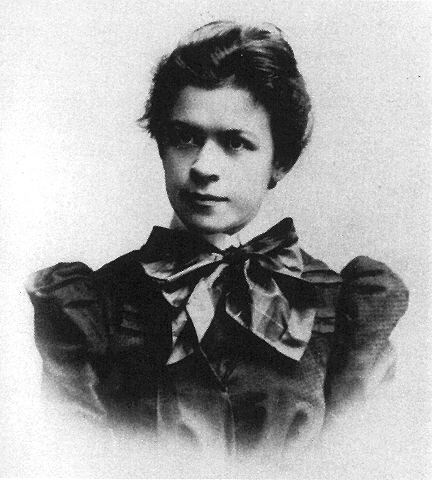
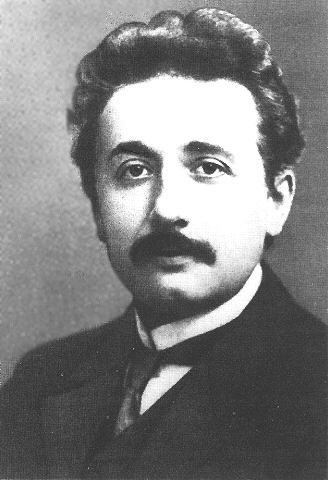
LEFT: Mileva Mariç, 1899; RIGHT: Einstein c. 1900 (Age 21)
![]()
· Upon graduation, Einstein could not find a teaching post. He began working at the Swiss Patent Office in 1902 and during that same year he and Mariç had an illegitimate daughter, Liserl. The fate of Albert and Mileva's first child is unknown: some believe she died in infancy and some believe she was given out for adoption. A year later, the couple married. According to Einstein, his marriage to Mileva was both a personal and intellectual partnership: Einstein often referred to Mileva as “a creature who is my equal and who is as strong and independent as I am.”
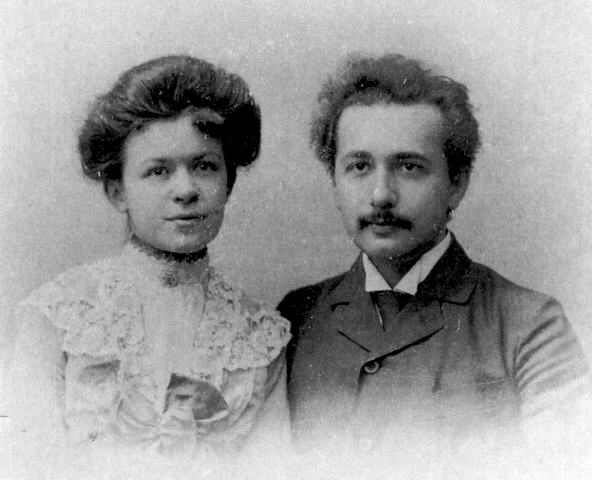
Wedding portrait of Mileva Mariç and Albert Einstein, 1903 (Age 24)
![]()
· In 1904, Einstein’s position at the Swiss Patent Office as a technical assistant examiner was made permanent and his son Hans Albert Einstein was born. He obtained his doctorate from the University of Zurich in 1905 after submitting his thesis “On a new determination of molecular dimensions.”

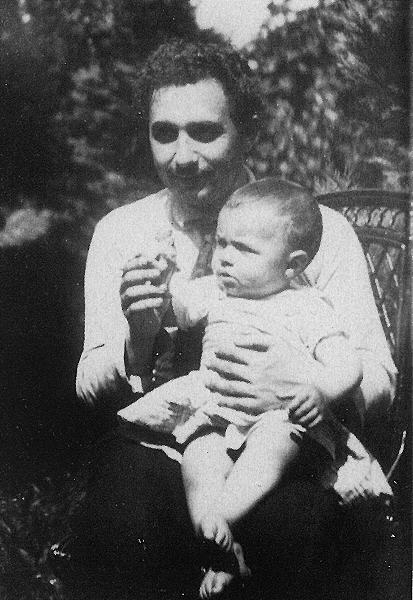
LEFT: Mileva and Albert with little son Hans, 1904; RIGHT: Einstein with Hans Albert, 1904 (Age 25)
![]()
· In 1905 he wrote four articles that provided the foundation of modern physics. The four articles were on Brownian motion, photoelectric effect, special relativity, and energy equivalency (which included the famous equation, E=mc2). Most physicists agree that three of those papers (Brownian Motion, the Photoelectric Effect, and special relativity) deserved Nobel prizes. Only the photoelectric effect would win. What makes these papers remarkable is that, in each case, Einstein boldly took an idea from theoretical physics to its logical consequences and managed to explain experimental results that had baffled scientists for decades.
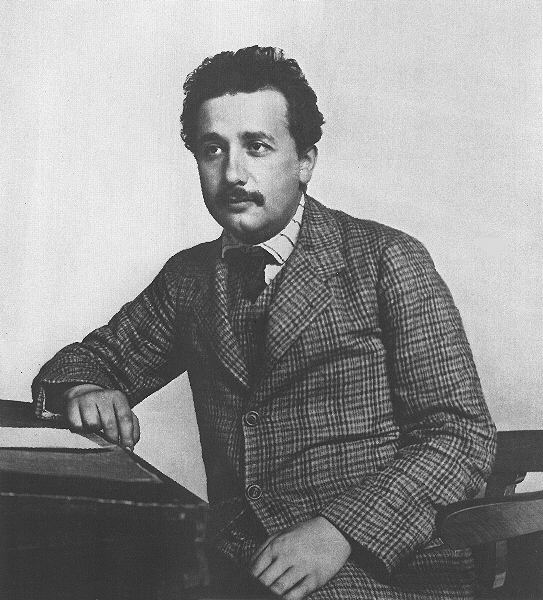
As a patent clerk, c. 1905 (Age 26)
Go Back to the Albert Einstein Page
Go to Einstein's Middle Years Page